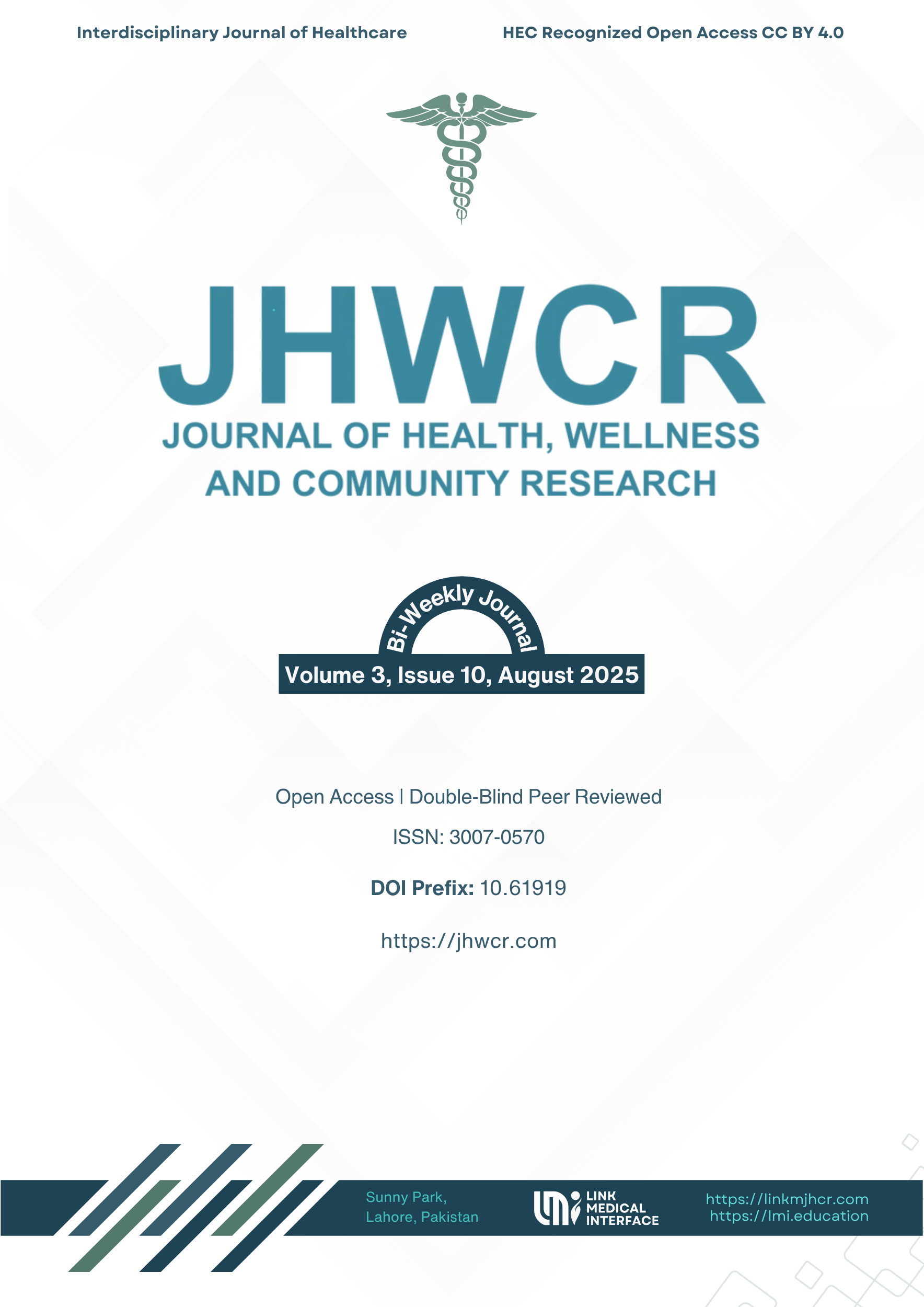Biomechanical Adaptations in Foot Posture and Their Relation to Prevalence of Medial Tibial Stress Syndrome in Adolescent Cadets: A Cross-Sectional Study
DOI:
https://doi.org/10.61919/qvkbtc51Keywords:
Medial Tibial Stress Syndrome, foot posture, pronation, adolescent cadets, biomechanics, military trainingAbstract
Background: Medial Tibial Stress Syndrome (MTSS) is a common overuse injury in physically active populations, particularly in military trainees. Alterations in foot posture, including pronation and supination, have been implicated in abnormal tibial loading patterns that may predispose individuals to MTSS. Adolescent cadets, undergoing repetitive high-impact training on hard surfaces, represent a high-risk group; however, data on MTSS prevalence and its association with foot posture in South Asian military settings remain limited. Objective: To determine the prevalence of MTSS and its association with biomechanical adaptations in foot posture among adolescent cadets undergoing military-style training. Methods: A cross-sectional study was conducted over four months in three cadet training institutions in Pakistan. Two hundred cadets aged 12–20 years, actively engaged in training for at least three months, were assessed using the Foot Posture Index (FPI), Navicular Height Test (NHT), Shin Palpation Test, and Shin Edema Test. MTSS diagnosis required positive results on both Shin Palpation and Shin Edema tests. Associations between foot posture categories and MTSS were examined using Pearson’s Chi-square test, with odds ratios (OR) and 95% confidence intervals (CI) calculated. Statistical significance was set at p < 0.05. Results: MTSS prevalence was 43.0% (95% CI: 36.2–50.0). Slightly pronated feet were strongly associated with MTSS on both right FPI (OR = 4.22, 95% CI: 2.65–6.72) and left FPI (OR = 3.89, 95% CI: 2.35–6.43). NHT findings mirrored this trend, with slightly pronated right feet showing the highest association (OR = 4.95, 95% CI: 2.95–8.31). Highly pronated feet also demonstrated significant but lower odds, while highly supinated and neutral feet had the lowest MTSS prevalence. No significant associations were found with gender (p = 0.535) or grade level (p = 0.236). Conclusion: Abnormal foot posture, particularly slight pronation, is significantly associated with MTSS in adolescent cadets. Routine biomechanical screening using FPI and NHT, coupled with targeted preventive interventions, could reduce MTSS risk and improve training continuity. Future longitudinal studies should explore whether correcting foot posture can prevent MTSS progression and recurrence in military trainee populations.
Downloads
Published
Issue
Section
License
Copyright (c) 2025 Maryam Safdar, Khola Hussain Shah, Mahnoor Shahab, Rida Ghaffar (Author)

This work is licensed under a Creative Commons Attribution 4.0 International License.


